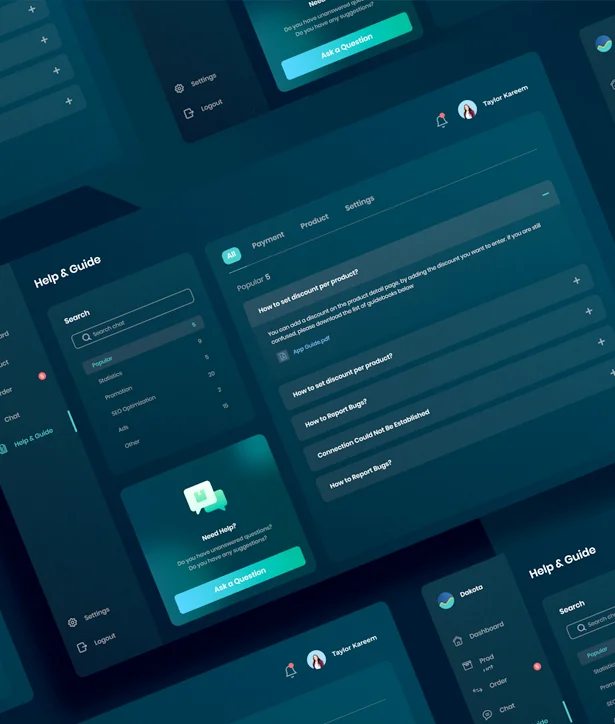Manual testing can be time-consuming and result in various errors which can hamper the quality of your app.
Thus, If you’re building an app, one of the most important things for you to have by your side is an automated testing tool to test each aspect of your mobile app.
In today’s blog, we’ll be talking about the top Seven mobile automation testing tools for 2024. So stay tuned and keep reading. First, let’s dive deep and study what mobile testing tools are and what benefits they bring to developers.
What are Automated MobileTesting Tools
Automated testing tools use software to execute test cases automatically. These tools can copy user interactions, verify expected behavior, and identify bugs in your app.
Now, let’s explore some of the benefits of having automated testing tools.
Benefits of Automated Mobile Testing Tools
Automated testing tools provide numerous benefits for app developers, here are some of them.
- Improved efficiency and speed
- Enhanced accuracy
- A wide range of tests
- Reduced costs
- Better software quality
- Improved collaboration
- Scalability
1. Improved efficiency and speed
Automated tests can be conducted quickly as compared to manual tests, which leads to quicker feedback and faster release cycles. This is beneficial for agile environments where frequent deployments are necessary.
2. Enhanced accuracy
Automation eliminates the errors involved in manual testing. This leads to more consistent and realistic test results. Testers are free from repetitive testing tasks, which allows them to focus more on complex testing.
3. A wide range of tests
Automated testing tools provide a wider range of tests to choose from. They can execute thousands of tests within the nick of time.
4. Reduced costs
Having an automated testing tool means that you don’t need to hire multiple testers to conduct tests. This contributes majorly to reducing costs.
5. Better software quality
Because automated testing can carry out a large number of tests within a short period, it generally leads to better software quality than would have been the case otherwise.
6. Improved collaboration
Automated testing tools facilitate better collaboration among developers and testers. As a result, developers can send the code to the testers for better feedback.
7. Scalability
Automated tests can easily be scaled, depending on how big the app is. Thus, you don’t need multiple testers to conduct tests for a larger app.
Now that we know about the benefits of automated testing tools, let’s explore the top 10 automated testing tools in 2024.









